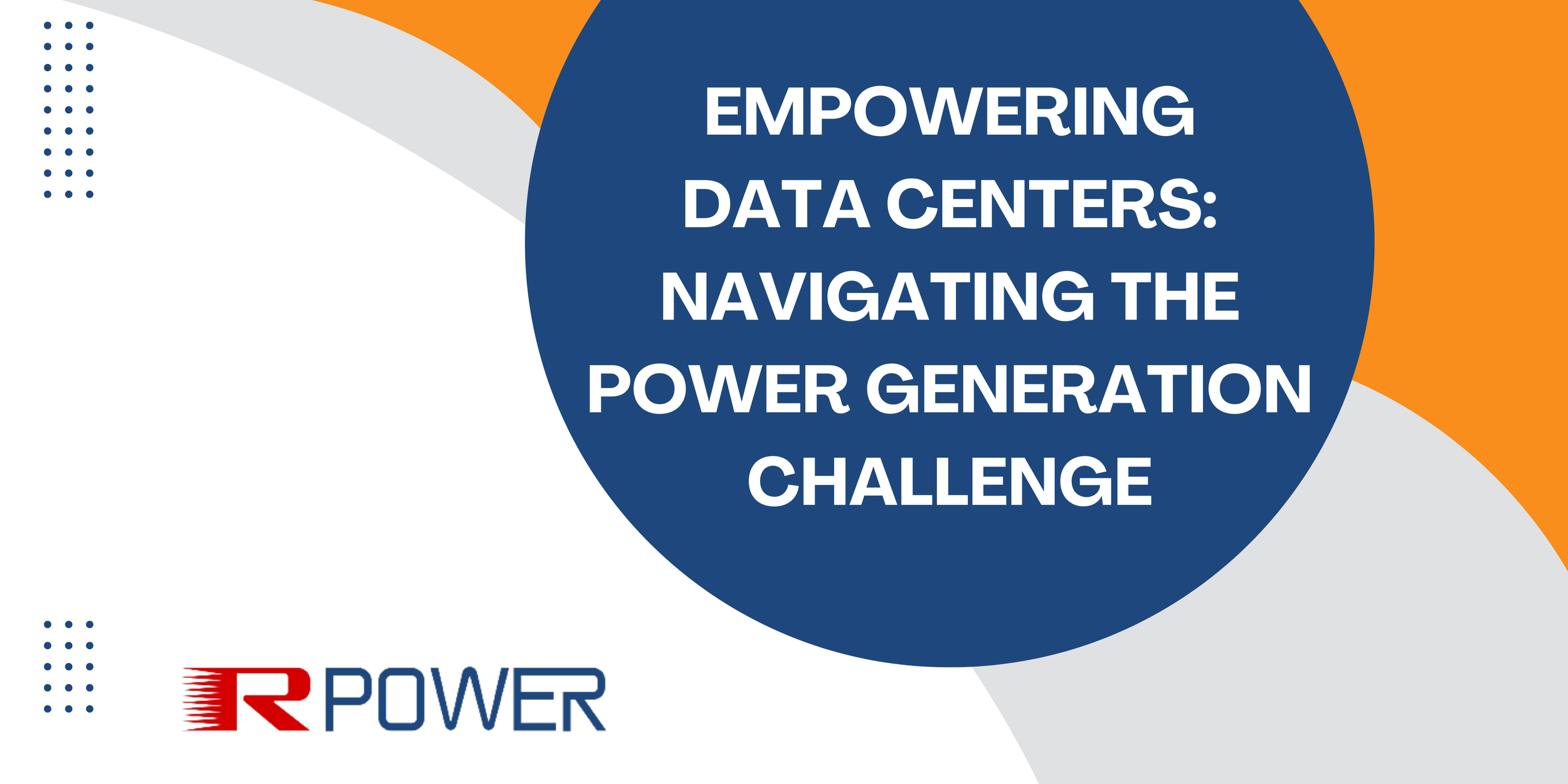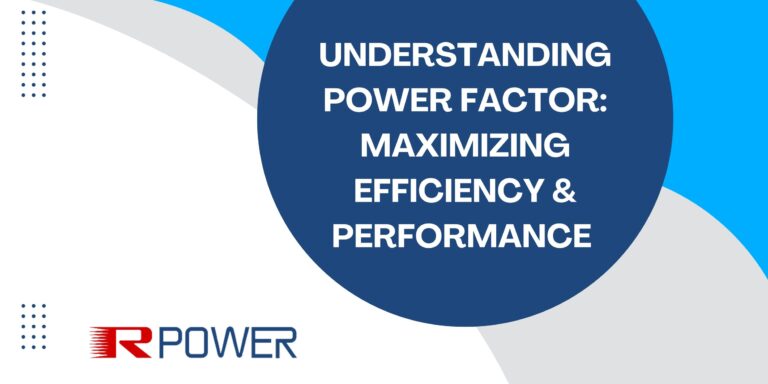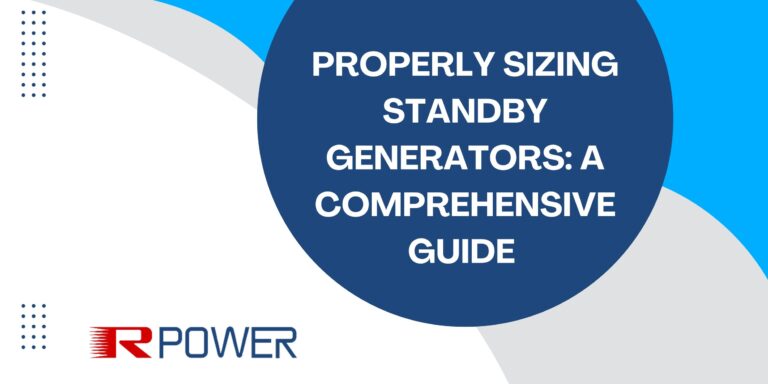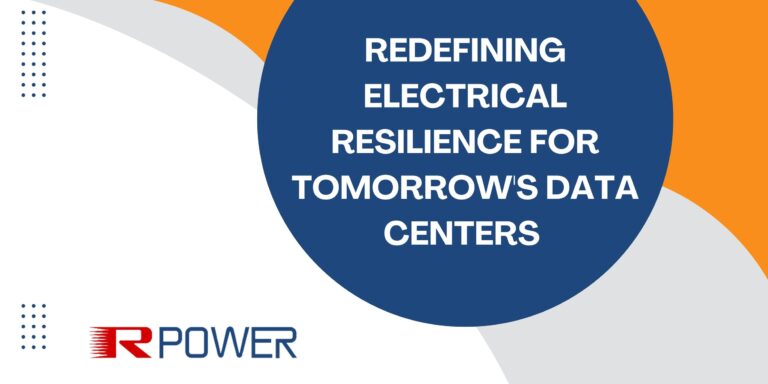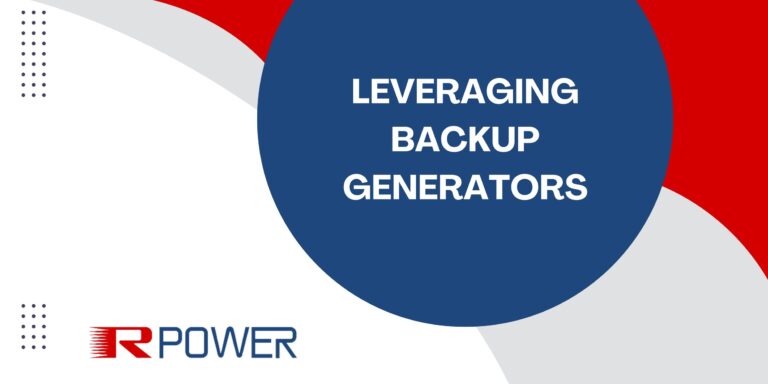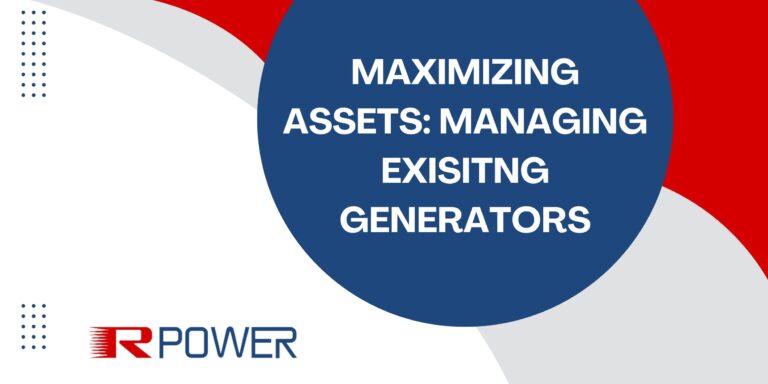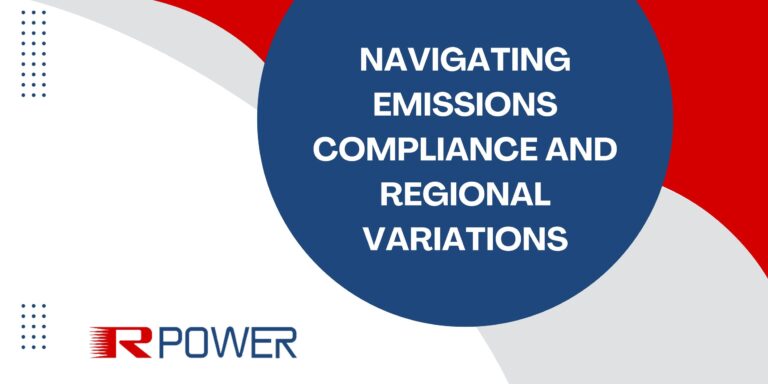Empowering Data Centers: Navigating the Power Generation Challenge
In the ever-evolving landscape of technology, data centers stand as the backbone of the digital world. They are the powerhouses that store, process, and disseminate vast amounts of data, fueling the information age. However, beyond the buildings, the HVAC systems and rows of computers inside them lies a complex challenge: power generation and sustainability.
The Data Center Ecosystem
A few weeks ago, RPower had the privilege of engaging with data center owners, operators, and the entire data center ecosystem at the Pacific Telecommunications Conference in Hawaii. This opportunity allowed us to gain profound insights into an often-overlooked aspect of data centers: power generation.
Power as a Cornerstone
Power generation is not a new concept when it comes to data centers, but its significance has grown exponentially in recent years. The modern world’s insatiable appetite for data, driven by technologies like artificial intelligence (AI), cloud computing, and the Internet of Things (IoT), places immense pressure on data center infrastructure. This demand for data and the emergence of AI have made access to sustainable and reliable power generation resources a cornerstone of data center success.
The Giants’ Influence
Influential tech giants like Meta, Google, Apple, and Amazon have played a pivotal role in shaping how data centers are designed and operated. Their enormous scale and contractual requirements set the standards for the industry. As we engaged with key players at the conference, we uncovered the challenges these giants face and some of their strategies for addressing this evolving landscape.
The Unprecedented Challenges
One of the most pressing challenges is the struggle of utilities and power providers, including transmission and distribution utilities and operators, to keep pace with the soaring demand for data centers and their power consumption. This challenge was beginning to present itself to this industry in several primary markets before AI and machine learning (ML) technologies like ChatGPT were introduced. With every big tech company now racing to win the AI war, the power challenges are only exacerbated. Understanding the magnitude of this issue is essential for data center operators and power providers alike, as it directly impacts the reliability and sustainability of the broader grid, and their own operations.
Legacy Agreements and External Forces
Data center colocation providers are building data center capacity to lease to the same big tech companies because they simply cannot build datacenters fast enough on their own. Colocation facility developers are stuck squarely in the middle of the legacy service level agreements thrust upon them by the big tech giants and any number of external forces. These service level agreements often contractually obligate them to utilize hundreds of megawatts of dirtier diesel backup generators and restrict their ability to leverage third parties from owning and operating critical equipment like generators. New regulatory requirements, emissions restrictions, cost escalations, and supply chain shortages are all adding new risks and layers of complexity to every datacenter project.
A Sustainable Solution
As we make the journey to a zero-carbon future, the solution lies in embracing cleaner, more sustainable technologies. One approach is to leverage clean-burning natural gas technology integrated into on-site microgrids. This not only enhances data center resilience but also contributes valuable capacity to the local grid when needed. Today these natural gas generation technologies reduce critical emissions by more than 90% compared to legacy diesel systems. Additionally, these engine-based technologies can operate on 100% hydrogen fuel today, which offers a viable long-term path to fully decarbonize these power generation systems.
Unlocking Stranded Capacity
Transitioning to these cleaner natural gas microgrids can unlock the generation capacity previously stranded, or wasted, as a backup-only diesel system. This reduces overall emissions, improves grid reliability, and provides a critical service to the local communities where these data centers are built. Our discussions at the conference shed light on the potential benefits of this transition, both for data centers and the communities they serve. This approach can help mitigate some of the environmental backlash and “not in my backyard” (NIMBY-ism) opposition in many critical markets.
Bridging the Gap
However, one key question remains: why aren’t more data center companies leveraging these existing assets to benefit both themselves and their communities? While not all datacenter developers can lead the way, there is a transition well underway, one that aligns with and supports increased renewable energy generation while also addressing emissions concerns. It’s time for more data center operators to embrace this transition, bridging the gap between industry giants’ aspirations and the achievable reality that is right in front of us. Let’s ensure a sustainable future for data centers and the communities they serve.
A Sustainable Future
The power availability and accessibility challenge for data centers is a complex issue that demands innovative solutions. By embracing cleaner proven technologies, leveraging existing technologies, and bridging the gap between aspirations and achievable realities, data center operators can ensure a sustainable future for their industry and the communities they serve. Our journey at the Pacific Telecommunications Conference reinforced our commitment to driving positive change in the data center ecosystem.

